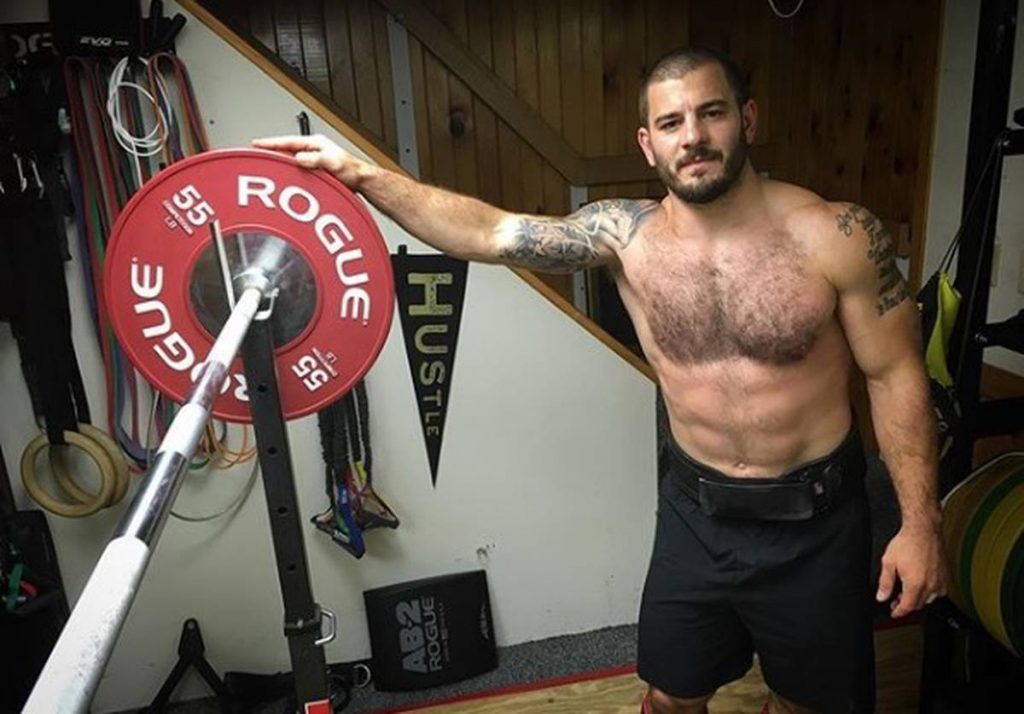How to deal with lack of motivation to change?
We all now of the importance of keeping an active lifestyle in order to prevent diseases and improve our physical and mental wellbeing. However, the road to change (and maintaining this situation) is a treacherous one and it definitely isn’t a straight path. It’s filled with obstacles that’ll test our motivation and our self-belief.
The goal of this article is to unravel the process of change going from not wanting to change a thing, to suddenly deciding to turn our worlds upside down and how we can accomplish this.
The Stages of Change

This model starts off at a precontemplative state where the person isn’t yet considering change; going onto contemplation, where the person starts to evaluate pros and cons of actually changing; then, moving to the preparation stage, where commitment is secured and a plan starts to take shape; leading to taking action to begin actual change; and finally, the person works towards long-term maintenance while battling opportunities for relapse (DiClemente & Velasquez, 2002).
When someone has trouble committing to a workout routine it’s because they’re going back and forth between precontemplation and contemplation (turns out the model is cyclical for good reason). Precontemplators will say things like: «I don’t need to workout, I feel perfectly fine the way I am now.»; while the contemplators say: «But I feel good when I get my workouts in and I miss that feeling.»
For this article’s sake we’ll be focusing on giving tips to contemplators who are considering changing towards an active lifestyle and how they can lock down a serious commitment to change. Precontemplators… we’ll have a little talk in another article.
The tipping point
Let’s look at how someone transitions from unwillingness to readiness for change. Mat Fraser once commented that his first experience with fitness was when he was about 12 years old. He was playing soccer and kicked the ball so far out that another kid called him a fat-ass and sent him off to get the ball. Mat felt so bad that he decided to change his diet and start working out in his garage. He started eating cans of tuna, bags of spinach and doing pushups, sit-ups and running on the treadmill.
For him, the tipping point was a comment made by another peer, but these causal factors can come from all sorts of places. There’s people who decide to change because of serious medical illness and others who watch a CrossFit Games event on YouTube one day and drastically change their lifestyle the years following that (this was me).
Something must trigger you into actually considering the possibility of change. It must create a sort of inner tension between your ideal self and your real self to make you question if what you’re doing right now is really cutting it for you.
Contemplation: the tricky point
Once you begin to seriously ponder the possibilities ahead, you may think you landed on the green. But, of course, it’s never that easy. Although you’re actively gathering information about the pros and cons of the unwanted behavior and the one you’re striving for (even becoming experts on the subject!), you can suffer what Prochaska & DiClemente (1998) called «chronic contemplation».
This happens when you find that the positives and negatives associated to the unwanted behavior are in equilibrium. It’s like you counterattack every con with a pro and it’s a tight race between the two. Here’s where you need to get creative and list every single thing that comes to mind (however «stupid» they may sound).
At some point, something will take over (either pro or con), and it’ll clear up the path for you. In my case, once I legitimately set the goal to become an Rx athlete, I decided to go for change and was ready to make a move.
Preparing for change
Once you got the willpower, you have to develop a detailed plan that will help you be successful. This plan needs to be «acceptable, accessible and effective» (DiClemente & Velasquez, 2002). You need to anticipate possible barriers (triggering situations, environmental cues, etc.) and also identify potential support systems.
The point of making a realistic assessment of the difficulties you can find down the road is to be prepared for each of these contingencies. The ambivalence between approaching or avoiding change doesn’t stop during this stage, so we need to be aware of the fact that we may fall off the tracks at any point.
«It’s not like you press pause and when you relapse, you press play and start where you left off. Your addiction is out in the parking lot doing pushups. It’s getting stronger.» – Mat Fraser
Discussing his path to sobriety in an interview

Maintenance: how do you keep it alive?
First, let me say that maintenance takes more than 21 days. Even after 6 months of action you can still relapse and return to square one. So, what to do to help keep the ball rolling?
- Keep self-efficacy at high levels
The one variable that can make or break the process of change is self-efficacy. Knowing you have the ability to succeed in a certain task keeps you moving in the face of self-doubt, external triggers and even relapses. That’s why it’s important that you play an active role in the process of change on the whole, so that you experience success as a byproduct of your own actions.
- Relapse is a very real possibility
Spoiler alert! You’re not out of the woods yet. How many people have successfully quit smoking for 10 years and all of a sudden just fall back into it? When you ask them, they don’t even know how it happened but ride the wave anyways and all those years of «maintenance» feel useless… or are they really?
You need to understand that you may be willing to change and prepared to act; but your environment won’t necessarily change with you. Maybe your family keeps eating junk food or your friends keep pressuring you into going out for drinks with them. You can’t just cut clean from your friends and family, so you need to rely on that thing I mentioned earlier (self-efficacy, remember? stay with me!)
- But if you do relapse…
It can go one of two ways: either you return to a precontemplative state or you successfully reach maintenance stage. Here’s where self-efficacy kicks in. If this relapse affects your self-efficacy to the point where it confirms what you knew all along (that you suck and you can’t change for shit), then you’ll go back to the very beginning with little to no energy to start over.
If, however, your self-efficacy is strong enough to know that this relapse is a minor setback, you’ll be prepared to learn from it: why did it happen and what can I do next time to prevent this? At this point, you might look into more personalized and effective actions. When I started to clean up my diet, I started counting macros; then I went to strict non-processed foods; and now I’ve settled with a «flexible» plant-based diet, low in processed foods and not heavily restricted (because I’ve found that restriction triggers abandonment).
If you did your homework when you started preparing for change, you probably know why it happened. Also, – and this may surprise you -, not everything is a relapse! Just because you skipped class one day, doesn’t mean you have to quit for 3 months. If your self-efficacy stays strong, you’ll show up the next day ready to get after it. Change is an everyday battle and feeds off every tiny decision we make throughout the day; make sure you keep it hungry.
- DiClemente, C. C., & Velasquez, M. M. (2002). Motivational interviewing and the stages of change. Motivational interviewing: Preparing people for change, 2, 201-216 - Prochaska, James O., and Carlo C. DiClemente. "Stages and processes of self-change of smoking: toward an integrative model of change." Journal of consulting and clinical psychology 51.3 (1983): 390.

